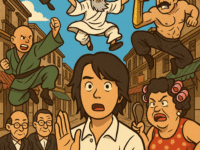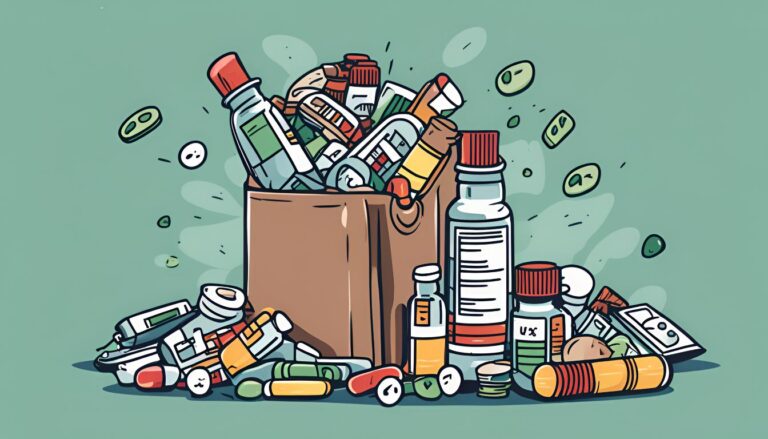After helping develop the first insulin therapy in 1921, Canadian physician Frederick Banting transferred his patent rights to the University of Toronto for $1, stating that insulin belonged to the world—not to him. A century later, insulin medications remain essential in treating diabetes and have relatively low production costs, with a vial generally costing less than $6 to make. But how much it costs a patient to buy varies greatly by country.
Those in the US may pay thousands for insulin annually—on average 10 times more than those in many other countries—leading some patients to take less than prescribed. And this is part of a much larger trend. Let’s take a look at the US drug supply chain to understand why. First, there’s research and development, which ranges widely in cost, depending on the drug. Expenses incurred by the many drugs that don’t make it to market also need to be factored in here. And almost every approved drug has been subsidized by taxes. Before pharmaceutical companies actually release a drug, they set its price. Historically, they haven’t been required to justify the pricing they land on.
Pharmaceutical companies are also allowed terms of drug patent protection and exclusivity rights that prevent other manufacturers from launching identical drugs for a set period of time. Once patents expire, competition usually causes prices to drop, so some companies invest heavily to extend their patents. They may make tweaks—like small changes in dosage and modes of delivery—to obtain new patents and sue competitors into delaying the release of similar drugs. The companies responsible for Humira, the best-selling autoimmune drug, for example, have defended its patents and raised its price 27 times since 2003. Without insurance, it can cost over $96,000 a year.
And as three pharmaceutical companies have dominated the insulin market with similar tactics, average insulin list prices have tripled over the last two decades. Once a drug is approved, there are two main distribution channels it can take: the retail route includes drugs you pick up at pharmacies; the other consists of drugs administered at hospitals and clinics. This includes many of the more expensive, research-intensive therapies for rare conditions. Each channel involves unique businesses. Most drugs—including insulin—follow the retail channel. It starts with a pharmaceutical company selling the drug to wholesalers, which buy in bulk and sell to pharmacies, which sell to patients.
But the US doesn’t provide universal health care, so many Americans use health insurance. When an insured patient picks up their prescription, they often pay a portion while the pharmacy bills their insurer the rest. Pharmacy benefit managers, or PBMs, which are companies unique to the US market, negotiate on behalf of insurers to get discounts from manufacturers in exchange for insurance coverage. PBMs may pass some of the negotiated discount to insurers—but they may also take a considerable portion. Their role tends to limit patient choice, and they’ve sometimes covered more expensive branded drugs instead of cheaper generics because it earns them a greater profit. Without insurance, patients may be expected to foot the bill entirely, at non-negotiated rates.
Money flows between the different businesses as fees, rebates, discounts, and copay assistance. If it feels hard to follow, that’s because it is. And it’s tough to know exactly how much money goes where because these transactions lack transparency. But for insulin in 2018, of all that was spent on the medication: manufacturers received about 46%; wholesalers got about 8%; pharmacies, 20%; insurance companies, 10%; and PBMs, 14%. Interestingly, as insulin list prices increased between 2014 and 2018, the amount manufacturers retained decreased, and more than half went to intermediaries. Where the US has businesses negotiate at various steps, other countries generally have government agencies evaluate a drug’s benefit, make bulk purchases, and regulate pricing. The US sees the most drug development—and profit—of any country. But about 1 in 4 Americans reported trouble affording prescriptions in 2019. Many experts have called for measures like increased regulation in drug pricing, patenting, and intermediary profits, along with more national health and research funding.
This way, the US could ideally lower prices and encourage more innovative, lifesaving drug development. And by making medications affordable, pharmaceutical companies could theoretically maintain profits. In 2023, one of the largest insulin manufacturers announced it would substantially decrease the drug’s list price, and two others followed suit. This should make insulin more affordable. But system-wide changes would have to be instated to make sure patients are getting the medications they need.

















0 Comments